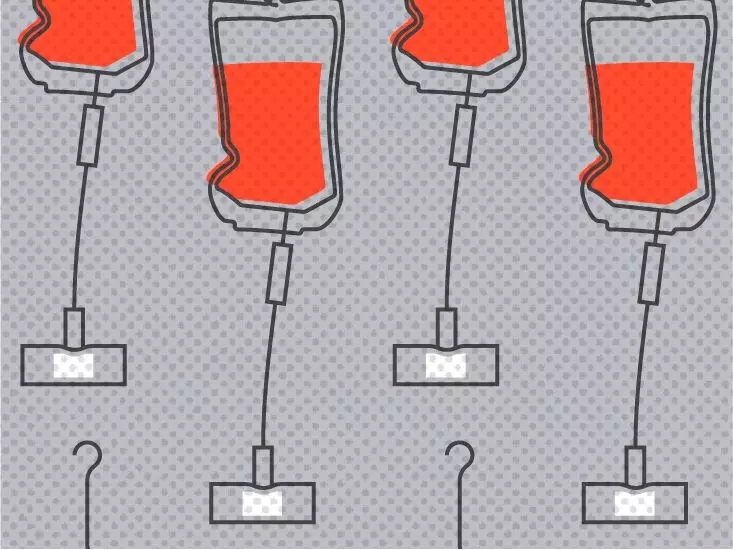Hereditary angioedema (HAE) can be a debilitating condition characterized by recurrent episodes of swelling, typically affecting the face, extremities, gastrointestinal tract, and airway. Firazyr (icatibant) is a specifically formulated injectable medication that provides urgent relief from acute HAE attacks in adults. Understanding the intricacies of this drug, including its cost fluctuations and alternatives, is essential for patients navigating their treatment options.
The price of Firazyr is not fixed and can fluctuate based on numerous variables. Factors such as insurance coverage, the specific treatment regimen recommended by healthcare providers, and the choice of pharmacy all play significant roles in determining the final cost to the patient. For individuals with insurance, how much they will ultimately pay for Firazyr may hinge upon their plan’s specifics, including deductibles, copayment structures, and possible prior authorization necessities. Conversely, those without insurance may find it beneficial to research available savings programs which can potentially lower their out-of-pocket expenses.
Navigating these financial waters can be daunting, and discussing potential costs with a doctor or pharmacist can provide patients with a clearer picture. Additionally, patients should be proactive in exploring whether their pharmacy offers any financial assistance programs or discount options for Firazyr.
When comparing brand-name drugs like Firazyr to their generic counterparts, several factors come into play. Firazyr contains icatibant as its active ingredient; therefore, generic versions of this drug are available. Generally, generics offer a more affordable option since they are not burdened by the costs associated with the initial research and testing required for brand-name drugs.
Patients should have a candid discussion with their healthcare providers about the possibility of using the icatibant generic, as it could present a more budget-friendly choice. However, it is essential to confirm with insurance providers regarding coverage for the generic version versus the brand-name, as some plans may be tailored to cover one but not the other.
For individuals needing to use Firazyr over the long term, several strategies may help mitigate costs. One such method is inquiring about obtaining a larger supply, such as a 90-day dosage, which can reduce the frequency of trips to the pharmacy and ultimately save on per-visit costs. If this option aligns with the treatment plan, engaging with a healthcare provider and insurance representative to discuss feasibility is a prudent step.
Moreover, patients should explore programs like OnePath, which specifically aids Firazyr users in understanding their financial options. These programs can provide invaluable guidance, including eligibility for financial assistance, copay cards, and information on drug assistance initiatives.
Patients managing HAE have a range of treatment options beyond Firazyr, each carrying its unique cost structures and administration formats. For example, other medications like Takhzyro (lanadelumab-flyo) and Haegarda (C1 esterase inhibitor) are also effective but differ in administration—Takhzyro and Haegarda are given subcutaneously, while Orladeyo (berotralstat), an oral capsule, typically carries a different pricing model.
When considering the costs of these alternatives, it is essential to weigh factors such as the form of the medication, frequency of administration, and overall treatment length. Patients should consult with their healthcare providers to determine the best option suited to their individual needs and budget.
For patients with insurance, it is critical to understand that some plans may mandate prior authorization before covering Firazyr. This requirement necessitates healthcare providers to engage with insurance companies to validate the necessity of Firazyr as part of the patient’s treatment plan. Lack of prior authorization might result in the patient being responsible for the full cost of the medication, underscoring the importance of communication with both healthcare and insurance providers to ensure seamless access to necessary medications.
Managing the costs associated with Firazyr and other treatments for hereditary angioedema requires active involvement from the patient. Understanding the nuances of insurance coverage, exploring financial assistance programs, and discussing the potential for generics can lead to significant savings. Ultimately, effective communication with healthcare providers and insurance representatives is vital for patients seeking the best path forward in their treatment journey. It is always advisable to stay informed and vigilant when it comes to personal health care needs.

